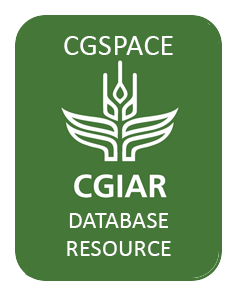Changes in water availability in the Upper Blue Nile basin under the representative concentration pathways scenario
limatic and hydrological changes will likely be intensified in the Upper Blue Nile (UBN) basin by the effects of global warming. The extent of such effects for representative concentration pathways (RCP) climate scenarios is unknown. We evaluated projected changes in rainfall and evapotranspiration and related impacts on water availability in the UBN under the RCP4.5 scenario.



